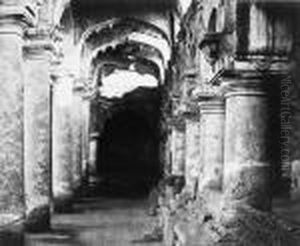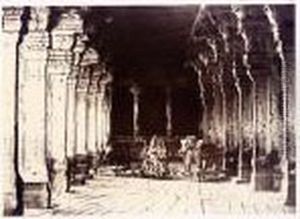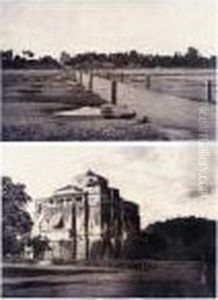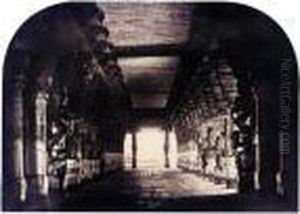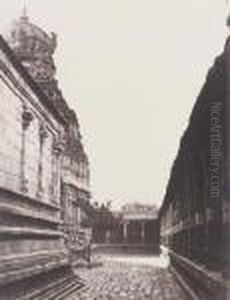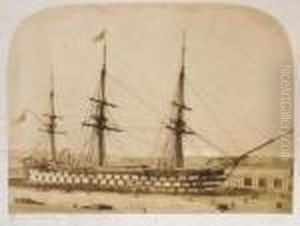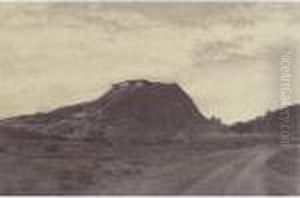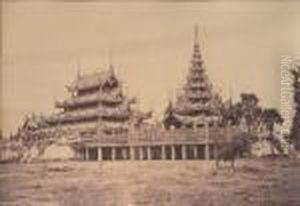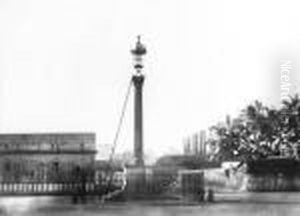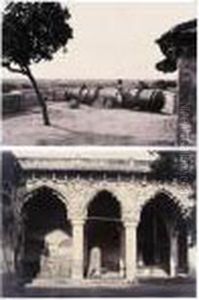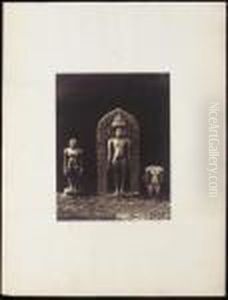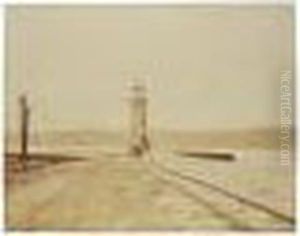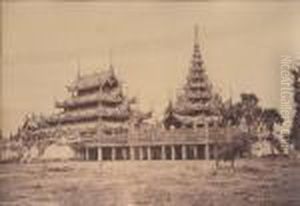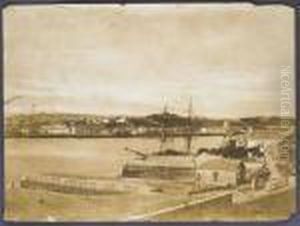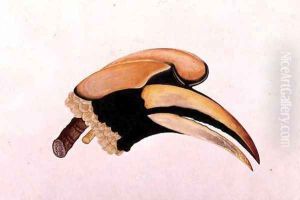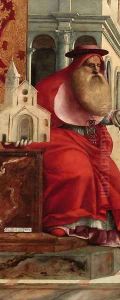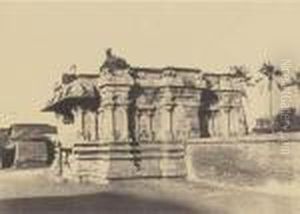





Madura: Trimul Naik's Choultry, Portico; Basement Of Gopurum, Each
-
About Reproduction
Discover the allure of art with our faithful reproduction of "Madura: Trimul Naik's Choultry, Portico; Basement Of Gopurum, Each", originally brought to life by the talented Linneaus Tripe. Unlike posters or prints, our hand-painted oil painting breathes an unique sense of depth and texture into your space. Every detail, every stroke, and every texture is meticulously recreated, paying the perfect homage to Linneaus Tripe and his artistic vision.
Owning this piece is more than just decoration - it's a statement of your refined taste in art. Let the vibrant colors and intricate details of this replica serve as a daily reminder of the beauty in our world. Elevate your decor and appreciate the richness of art with our replica of this masterpiece.
-
Painting Description
Linneaus Tripe's "Madura: Trimul Naik's Choultry, Portico; Basement Of Gopurum, Each" is a significant work in the realm of 19th-century photography, capturing the architectural grandeur and intricate details of South Indian temple architecture. Linneaus Tripe (1822-1902), a British photographer, is renowned for his pioneering work in documenting the cultural and historical heritage of India and Burma (now Myanmar) during the mid-19th century. His photographs are particularly valued for their technical precision and artistic composition, providing a visual record of monuments that were, at the time, largely unknown to the Western world.
The photograph in question is part of Tripe's extensive series documenting the temples and structures of Madurai, a city in the southern Indian state of Tamil Nadu. Madurai is famed for its Meenakshi Amman Temple, a sprawling complex known for its high gopurams (gateway towers) and richly decorated halls. The "Trimul Naik's Choultry" refers to the Thirumalai Nayak Palace, an architectural marvel built in the 17th century by King Thirumalai Nayak. The palace is celebrated for its blend of Dravidian and Islamic architectural styles, featuring grand pillars, arches, and intricate stucco work.
Tripe's photograph captures the portico and the basement of the gopuram, highlighting the elaborate carvings and the structural ingenuity of the period. His use of the calotype process, a photographic technique that produces a paper negative, allowed for the fine details of the stonework to be meticulously rendered. This method was particularly suited to the bright, sunlit conditions of southern India, enabling Tripe to achieve a high level of clarity and contrast in his images.
The significance of Tripe's work extends beyond its aesthetic and technical merits; it serves as an important historical document. At a time when many of these structures were in various states of disrepair, his photographs provided a visual preservation of their original splendor. Today, Tripe's images are invaluable to historians, architects, and conservationists, offering insights into the architectural practices and cultural heritage of 19th-century India.
Linneaus Tripe's "Madura: Trimul Naik's Choultry, Portico; Basement Of Gopurum, Each" stands as a testament to his skill and dedication as a photographer, as well as his contribution to the documentation and appreciation of India's rich architectural legacy.
-
Lead Time & Shipping
When you order this oil painting replica, it typically takes 2-3 weeks to paint. If the artwork is more complex, it might need a little more time to ensure the best quality. Once it's ready, we'll send you a photo for your approval. After you give the green light, we'll ship it to you for free.
-
Return & Refund
We believe in the quality of our hand-painted oil painting reproductions, and your satisfaction is our priority. If for any reason, you are not completely satisfied with your purchase, we offer a 45-day return policy. You can return your artwork within 45 days of receipt and receive a full refund. Please note that the artwork must be returned in the original packaging and in the same condition as it was received.





